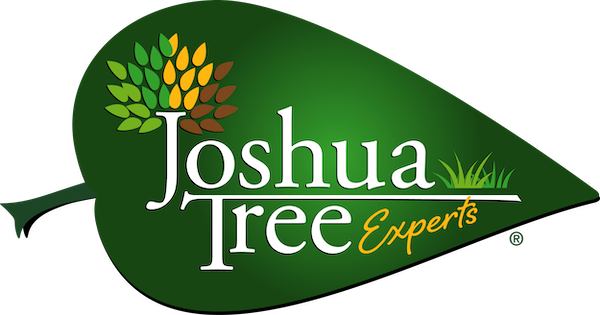If you’re like a lot of Pennsylvania homeowners, you really value the trees that you have on your property. Your trees provide benefits like shade, privacy, beauty, and even sentimental value. They have likely been a part of your life for many years and you want to keep it that way.
For that reason, you might be wondering how to make a tree live longer. While people sometimes have this misconception that trees live forever, that’s not the case. Like all living things, trees will eventually die (though some species certainly live many more years than others…some even making it to several thousand years old in the wild).
However, there are certainly ways that you can increase the lifespan of a tree with the proper care.
In this article, we’ll talk about what affects the lifespan of a tree and how to extend the life of trees so that you can get the most possible function and enjoyment out of the ones on your property.
#1: Keep Proper Watering in Mind to Increase the Lifespan of a Tree
Proper watering is critical when it comes to how to extend the life of trees. Like all living things, trees need water to thrive. But it’s all about the proper amount. While people often think about drought-stress causing tree problems (and it certainly can), too much water is also a problem.
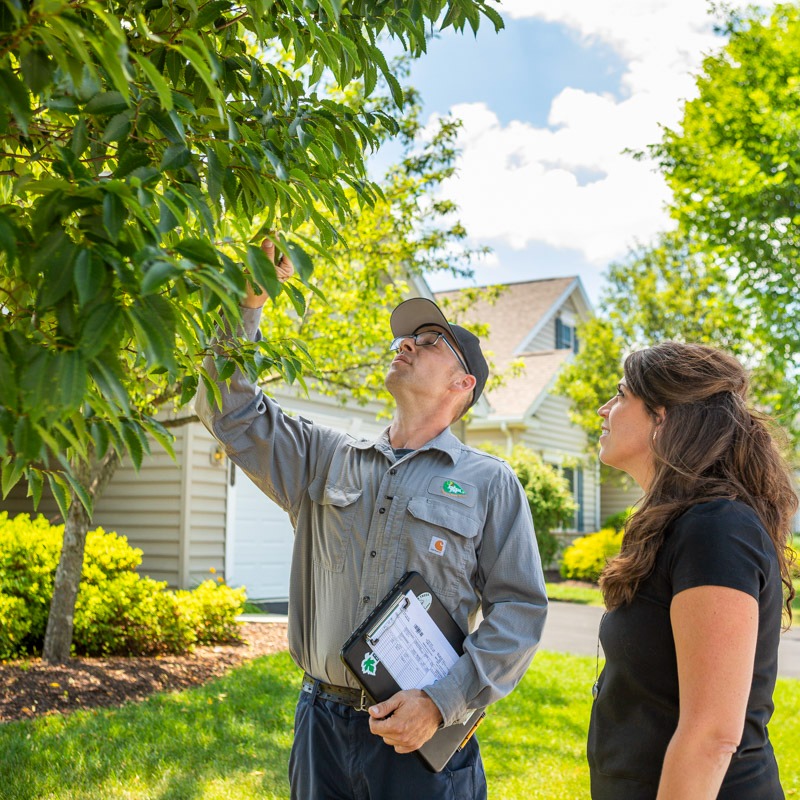
Oversaturated soil can lead to disease and rot. Too much water in the soil can also eventually drown the root system.
While watering is typically a service that homeowners handle on their own, you can consult with a tree care professional to make sure you are watering the right amount. Rainfall, plant species, periods of drought, and mulch are all factors that will affect how much water your tree needs to remain healthy.
#2: Recognize that Trees Require Fertilization to Meet their Nutrient Needs
A major factor that impacts the lifespan of a tree is proper nutrition. There’s a misconception that trees are self-sustaining but that is not the case for trees planted in a residential landscape. In a forest, trees do have access to the nutrients that they need, but in a typical suburban landscape, the soil doesn’t have everything trees need to thrive.
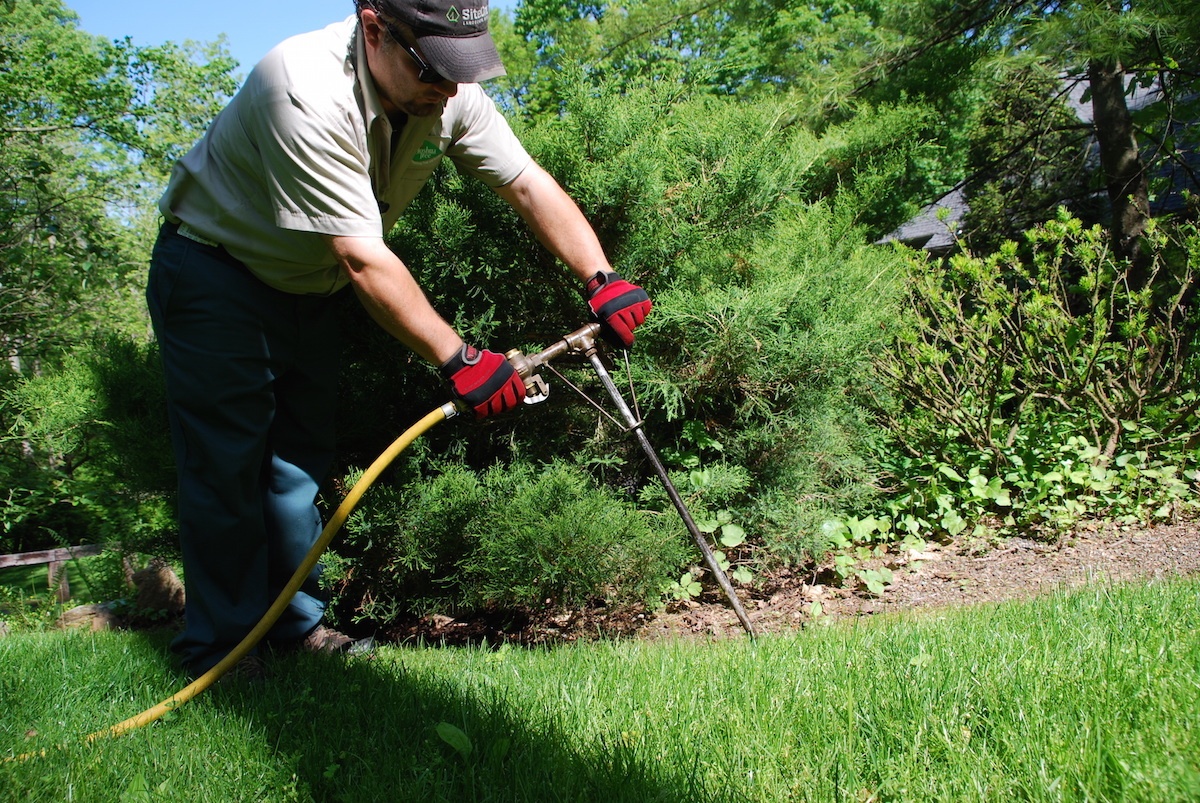
If you want to increase the lifespan of a tree, then you should think about a tree fertilization service. While it’s true that they do sell tree fertilizer spikes, you should know that those products aren’t going to be even remotely close to what a professional fertilization service can offer. They contain quick-release fertilizer that is used up right away. But the bigger problem is that they aren’t going very deep or using nearly as much product as what a professional can offer.
For example, at Joshua Tree, we use five gallons of liquid tree fertilizer per inch of tree diameter. That means that for a 20-inch tree, we’re going to put around 100 gallons of product down for your tree to absorb. We find that homeowners don’t realize just how much product we’re using. It’s not uncommon for us to release 300 gallons of liquid fertilizer on some of our larger properties.
If you are concerned with how to increase the lifespan of a tree, then you definitely want to think about professional fertilization.
#3: Make Regular Pruning Part of your Tree Care Plan
As far as what affects the lifespan of a tree, dead, diseased, and dying limbs are another major consideration. When a tree has problematic branches or limbs, a tremendous amount of energy can be sent toward them to try and make repairs. This can start to affect the health of the rest of the tree.
But keeping up with regular pruning can help ensure that those problematic limbs are removed and do not affect the overall health of your tree.
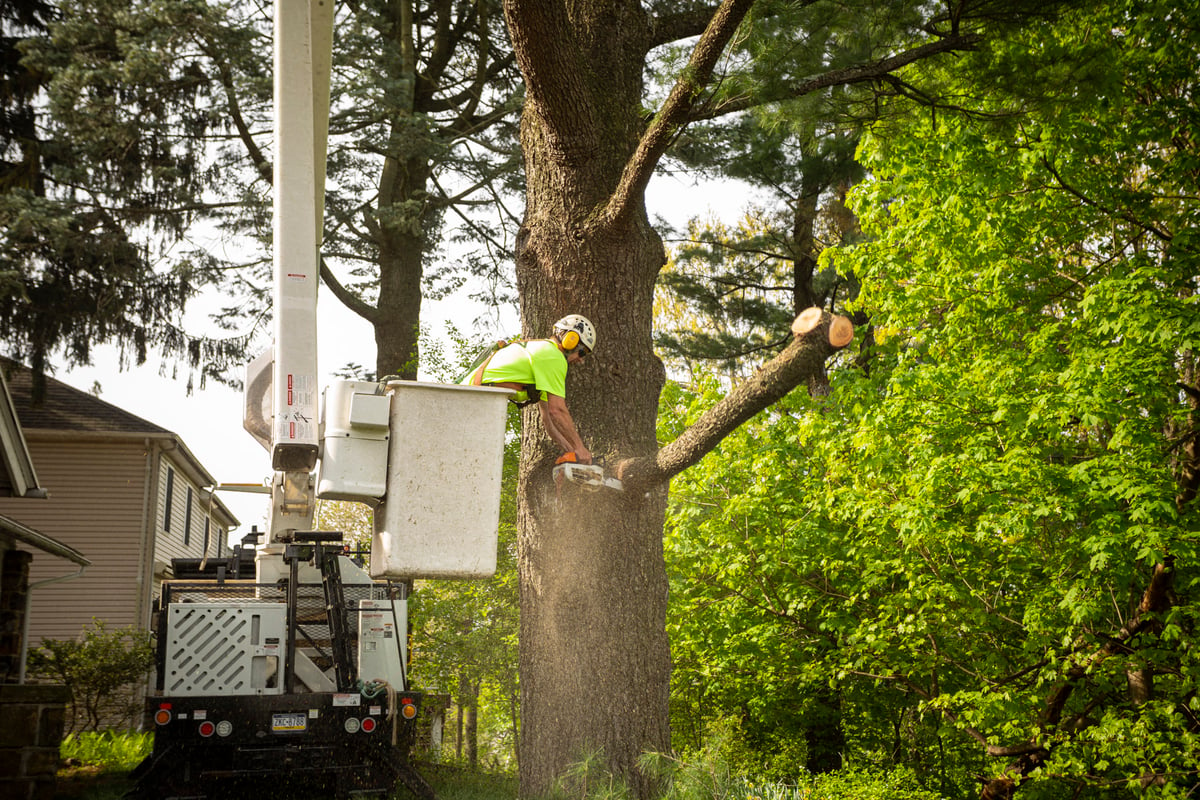
There are four types of pruning that all have slightly different purposes (though all help to improve a tree’s health and therefore extend its lifespan).
- Crown Cleaning: The goal is to identify and remove the dead, dying, and diseased wood. By doing this, you’re aiming to prevent future problems such as the advancement of decay.
- Crown Thinning: Similar to crown cleaning, thinning also aims to identify and remove dead, dying, and diseased wood. But on top of that, this method will also begin to remove some live limbs with the goal of reducing the overall weight of the tree.
- Crown Raising: When crown raising is the goal, the objective is to remove the lower limbs of the tree and raise the crown. This is performed for very specific purposes, such as limbs that hang over a sidewalk.
- Crown Reduction: You might think of crown reduction as a combination of cleaning and thinning services. But whereas those two services do not change the overall size and shape of the tree, the ultimate goal of reduction is reducing the overall height and spread of a tree.
#4: Lean on the Help of a Tree Care Professional
At the end of the day, keeping trees in optimal health is no small feat. But instead of worrying about all of these tasks on your own, you can work with a tree care professional who will know exactly what your trees need.
It all starts with a thorough tree inspection.
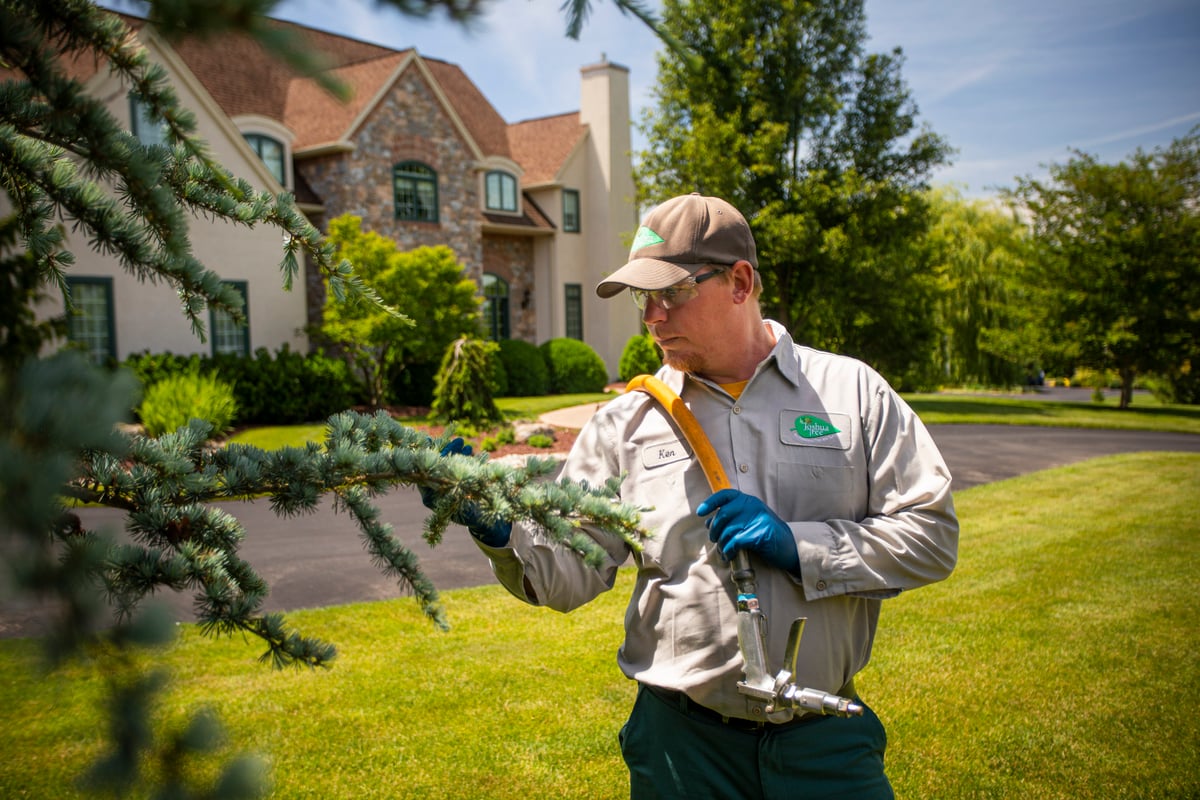
When it comes to examining the health of your mature trees in order to extend their life, it’s essential that you first have a systematic inspection performed by a Certified Arborist. This inspection should include a thorough examination of the tree as a whole.
Some of the questions a tree expert might address during a thorough inspection include the following:
- What does the tree look like from afar? What is the shape like?
- Is there any discoloration of leaves or any irregularities in leaf shape?
- Is there discoloration of the bark or signs of insect activity?
- Are there cracks in the limbs or signs of defect?
- Are there squirrel nests or other animal inhabitations?
A tree expert might also pose more purposeful questions to gauge your interests and expectations for the tree, including:
- Are you happy with the tree the way it is?
- What do you not like about the tree?
- What is your ultimate goal for this tree?
The inspection process is all about gathering information in order to make an assessment and come up with a game plan for your aging tree.
Once the tree has been inspected, and a game plan has been devised, that plan will be put into action.
You’ll also gain the reassurance that with a professional on your side, you’ll gain a watchful eye over your trees. Trees are often subject to potential problems like pests and diseases but with a pro keeping an eye on your property, these problems can often be spotted early and dealt with swiftly.
All of this will have an impact on your effort to increase the lifespan of a tree.
Your Smart Choice in Tree Care in Pennsylvania to Increase the Lifespan of a Tree
When it comes to finding a tree care company in Pennsylvania that can handle all of your tree care needs, you want to choose wisely. After all, when worrying about the longevity of your trees, you don’t want to end up choosing a company that will make potential errors or possibly make things worse.
Be sure to look for a company that has long-term expertise so that you can feel confident they’ve seen many problems over the years and know how to deal with them.
In addition, look for a company that has Certified Arborists on staff. These highly trained individuals will be able to understand your tree’s needs and work with you to preserve its longevity.
At the end of the day, your wise choice in selecting an experienced tree service in Pennsylvania will allow you to cast your fears aside. With a true tree care expert handling your mature trees, there simply won’t be any reason to worry.
If you’re interested in having your trees inspected at your Lehigh Valley or Bucks or Montgomery County, PA home so that you can gain some peace of mind, contact us for a free consultation or give us a call at 610-365-4858 so that we can answer your questions.
